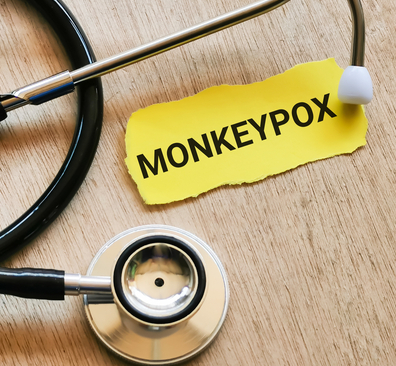Category: Articles

Our Love-Hate Relationship With Gluten
by Mila McManus, MD There was a time in history when this conversation was unnecessary, and wheat (our primary source of gluten) would have been included in a healthy diet. Why all the ruckus about gluten[1] now? The wheat we eat today is not what we ate even fifty years ago. Today, conventionally produced wheat crops…
Read More








Take Charge of Your Health
We believe in empowering you to be an active participant in your health journey. With our guidance, simple lifestyle adjustments can yield profound results. Let us be the bridge to a healthier, happier you.
SCHEDULE AN APPOINTMENT